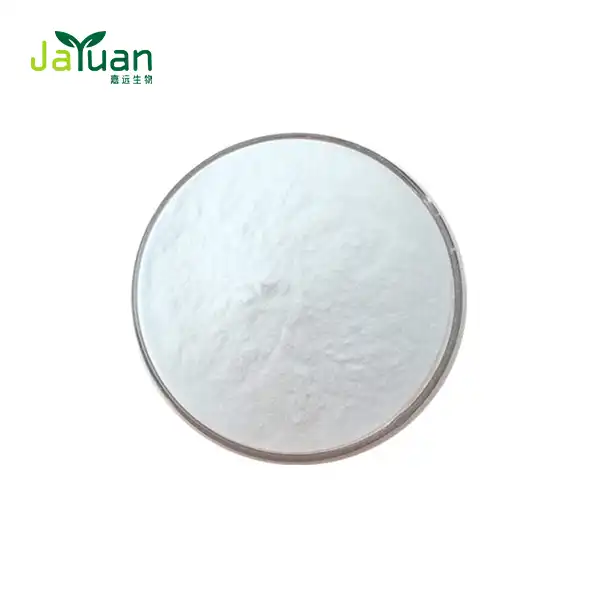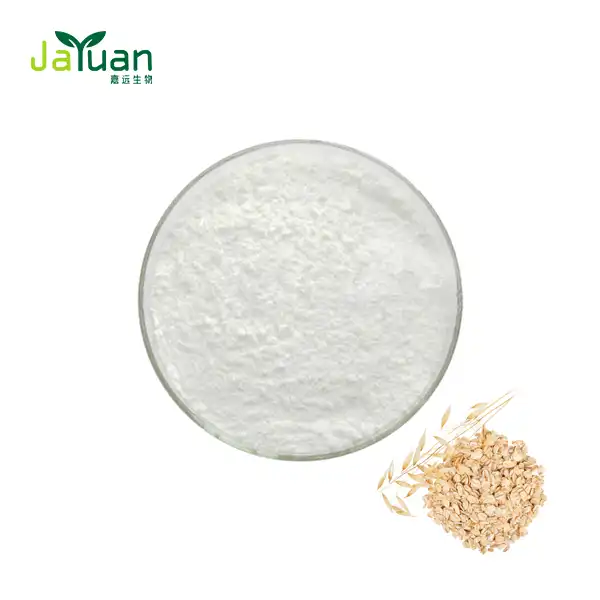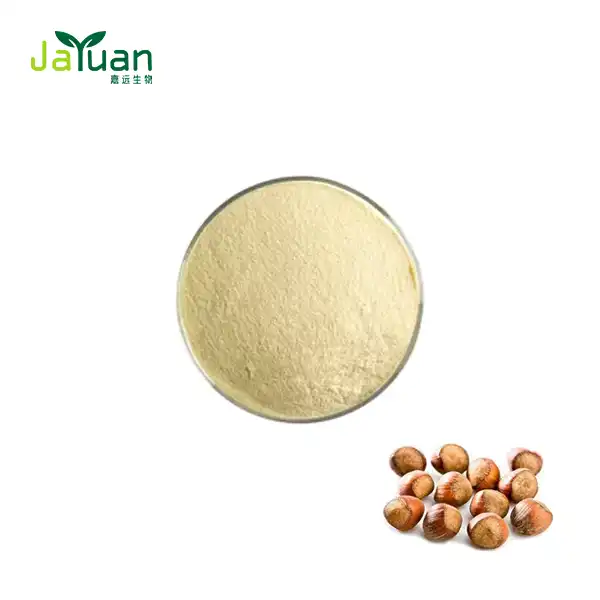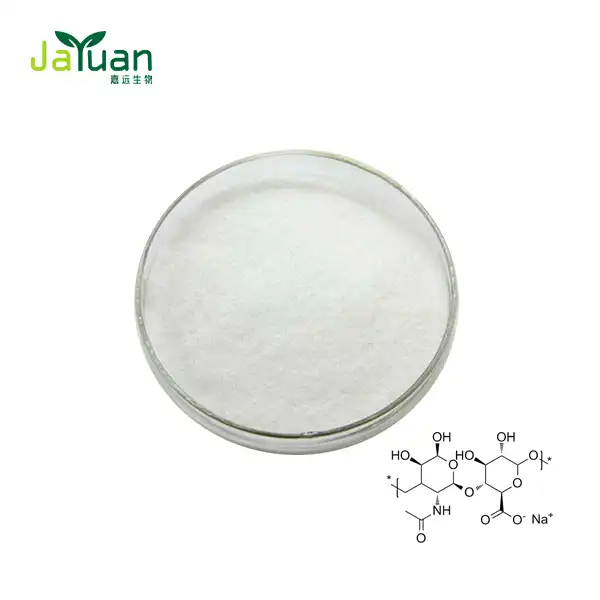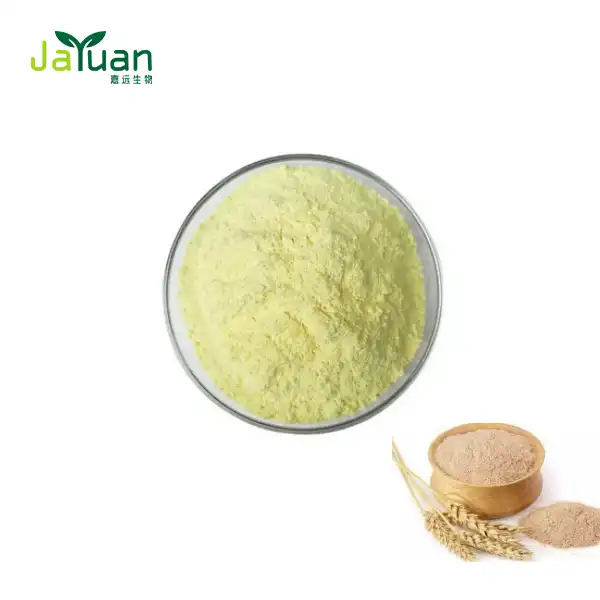Which Green Tea Has the Most Polyphenols?
Introduction
Green tea is commended for its medical advantages, fundamentally because of its high natural tea polyphenols content. Polyphenols are regular mixtures with strong cancer prevention agent properties that assist with shielding the body from free revolutionaries and decrease the gamble of constant sickness. Some varieties of green tea have a higher concentration of polyphenols than others. In this blog, we'll look at which green tea stands out because it contains the most polyphenols.
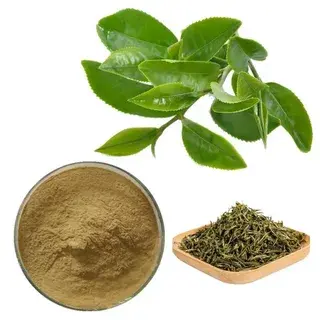
What Factors Affect Polyphenol Content in Green Tea?
It is essential to comprehend the factors that influence these levels before delving into the specific varieties of green tea that contain the most polyphenols.
Conditions for Growing
The polyphenol content of green tea is significantly influenced by the conditions under which it is grown. The climate, altitude, and quality of the soil all play important roles.
Quality of the soil: Green tea leaves can have more polyphenols in them if the soil is rich and drains well.
Altitude: Green tea developed at higher elevations will in general have higher polyphenol levels because of the cooler temperatures and expanded openness to daylight.
Climate: Green tea with a lot of polyphenols can be made in conditions that are ideal for it, such as mild temperatures and enough rain.
Time Harvesting
Green tea's levels of tea polyphenols are also affected by when it is harvested. When compared to older leaves that are harvested later in the year, younger leaves typically have higher polyphenol concentrations.
Initial Flush: The main gather of the time, known as the principal flush, by and large yields green tea with the most noteworthy polyphenol content.
Harvests Following: Even though later harvests are still beneficial, they frequently contain fewer polyphenols than the first flush.
Handling Techniques
The amount of polyphenols in green tea can be significantly affected by how it is processed. While extensive processing can result in the degradation of the polyphenols, minimal processing aids in their retention.
Steaming: Matcha and sencha, two types of Japanese green tea, are steamed to preserve their polyphenol content.
Pan-Frying: Pan-frying Chinese green teas like Dragon Well can also retain polyphenols, but to a lesser extent than steaming.
Which Green Tea Has the Highest Polyphenol Content?
Among the various types of green tea, matcha is renowned for having the highest polyphenol content. This is attributed to its unique growing and processing methods.
Matcha
Matcha is a powder made from specially grown and processed green tea leaves that is finely ground. It stands out because it has a lot of natural tea polyphenols, especially catechins like EGCG (epigallocatechin gallate), and it has a bright green color.
Novel Developing Interaction
Shade-Grown: Matcha leaves are filled in the shade for around three weeks before gather. This cycle expands the chlorophyll and amino corrosive substance, which improves the tea's medical advantages.
Consumption of Whole Leaves: The whole leaf is consumed when drinking matcha, not just the brewed water. As a result, there is a greater concentration of polyphenols than in other green teas.
Benefits to Health
stuffed with antioxidants: Matcha has a lot of antioxidants, so it protects against free radicals well.
Stimulates Metabolism: The high content of catechins, particularly EGCG, aids weight loss and metabolism.
Enhances Peace: Matcha's L-theanine amino acid aids in mental clarity and relaxation without causing drowsiness.
Other Green Teas with High Polyphenol Content: While matcha is the best green tea, other varieties also have a lot of polyphenols. Sencha, Gyokuro, and Dragon Well are examples of these.
Sencha
Sencha is the most famous sort of green tea in Japan and is known for its rich polyphenol content.
Growing and Processing
Sun-grown growth and processing: Sencha has a robust flavor and a high polyphenol content because, in contrast to matcha, it is grown in direct sunlight.
Steaming: After being harvested, the leaves are steamed to preserve their antioxidants and polyphenols.
Health Benefits
Benefits for the body and heart: The polyphenols in sencha assist with bringing down cholesterol levels and further develop heart wellbeing.
Enhances Immunity: Its high antioxidant content boosts immunity and aids in infection prevention.

Gyokuro
Gyokuro is another premium Japanese green tea known for its high polyphenol content.
Unique Growing Process
Shade-Grown: Similar to matcha, gyokuro is grown in the shade, but for a shorter period. This increases its chlorophyll and polyphenol content.
Hand-Picked: Gyokuro leaves are typically hand-picked, ensuring the highest quality and concentration of beneficial compounds.
Health Benefits
Enhances Mental Focus: The combination of caffeine and L-theanine in gyokuro enhances mental focus and alertness.
Rich in Antioxidants: Gyokuro offers a high dose of antioxidants, which help protect against oxidative stress and chronic diseases.
Dragon Well (Longjing)
Mythical serpent Well, otherwise called Longjing, is a prestigious Chinese green tea praised for its medical advantages and high polyphenol content.
Developing and Handling
Pan-Fried: Soon after harvest, the leaves are pan-fried to preserve their polyphenols and distinctive flavor.
Leaf Shape: During the pan-frying process, the leaves are flattened, resulting in the distinctive appearance and flavor of the tea.
Benefits to Health
Enhances the Metabolism: Dragon Well tea is known to speed up metabolism and help people lose weight.
Wealthy in Catechins: Catechins, which have potent antioxidant properties, are abundant in this food.
How to Maximize the Benefits of Green Tea Polyphenols
Green tea polyphenols must be utilized to their maximum capacity in the event that they are appropriately prepared and consumed.
Tips for Brewing
Temp. of the Water: To avoid burning the delicate leaves and losing their polyphenols, use water that is 70-80 degrees Celsius (160-180 degrees Fahrenheit).
Time for Brewing: To get the most polyphenols out of the tea without making it too bitter, steep it for two to three minutes.
Tea's Quality: Choose organic, high-quality green tea for maximum polyphenol content and health benefits.
Consumption Hints
Daily allowance: Consuming two to three cups of green tea daily can assist you in maintaining high polyphenol levels in your system.
Complement a Healthy Diet: Supplement green tea utilization with a fair eating regimen wealthy in natural products, vegetables, and entire grains to improve its medical advantages.
Beware of Additives: Green tea's antioxidant properties should not be diminished by drinking it with milk or sugar.
Conclusion
Due to its distinctive growing and processing methods that maximize the concentration of beneficial compounds, Matcha is the green tea with the highest polyphenol content. Sencha, gyokuro, and Dragon Well are other green teas with high polyphenol levels and numerous health benefits. You can maximize the health and wellness benefits of natural tea polyphenols by selecting high-quality teas and properly brewing them.
References
1. Healthline. "Green Tea: Benefits, Side Effects, and Preparations." Available at: [Healthline](https://www.healthline.com/nutrition/green-tea-benefits)
2. Medical News Today. "Green tea: Health benefits, side effects, and research." Available at: [Medical News Today](https://www.medicalnewstoday.com/articles/269538)
3. WebMD. "Green Tea: Health Benefits and Uses." Available at: [WebMD](https://www.webmd.com/diet/ss/slideshow-health-benefits-green-tea)
4. National Center for Complementary and Integrative Health. "Green Tea." Available at: [NCCIH](https://www.nccih.nih.gov/health/green-tea)
5. National Institutes of Health. "Dietary Supplement Fact Sheet: Green Tea." Available at: [NIH](https://ods.od.nih.gov/factsheets/GreenTea-HealthProfessional/)

